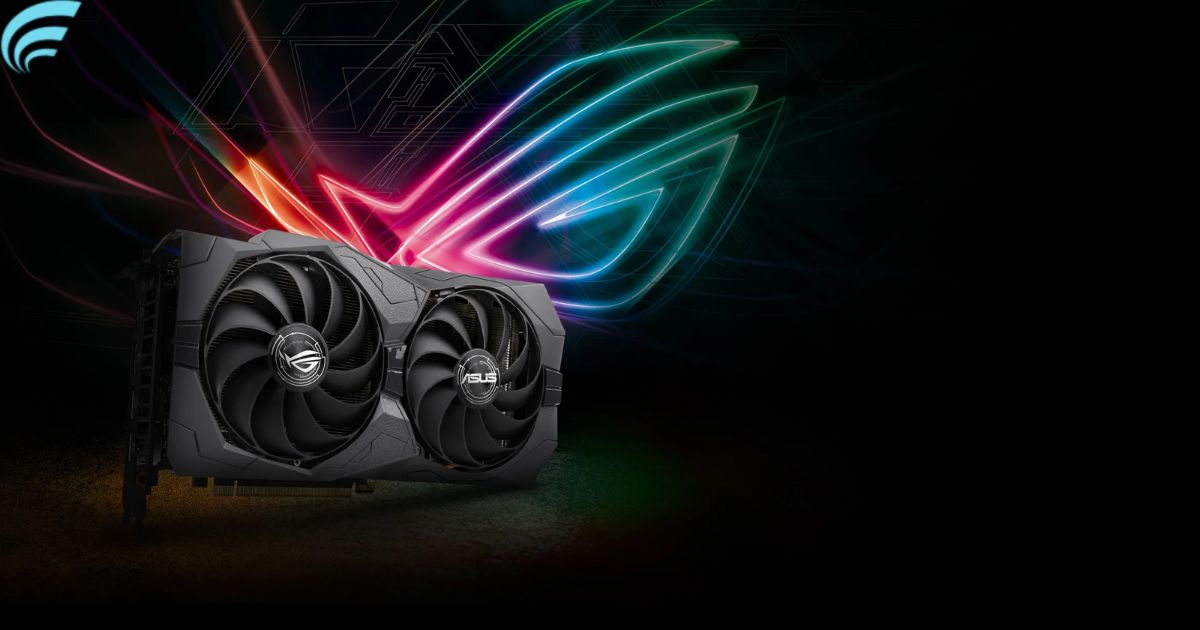TI in graphics cards refers to a specialized designation indicating an enhanced, high-performance variant of the standard graphics card model. It typically signifies a superior version with advanced specifications, including increased processing power, higher clock speeds, and improved memory configurations.
Are you wondering what TI in graphics cards means? If you’re a gaming enthusiast or someone who relies on a powerful GPU for work, understanding the significance of TI can be a game-changer. In this article, we’ll demystify the concept and shed light on why it matters. So, let’s dive into the world of graphics cards and discover the hidden potential behind TI.
In the realm of graphics cards, TI signifies Titanium or Turbo Edition, indicating enhanced performance and capabilities. These variants are tailored for avid gamers, creative professionals, and demanding tasks. When you encounter a graphics card with TI in its name, expect higher clock speeds. CUDA cores, and improved cooling solutions. They’re built to handle more advanced graphics rendering, allowing for smoother gaming and accelerated professional workloads.
Unraveling the TI Mystery
Turbocharged Innovation
NVIDIA GeForce GTX 3080 TI or AMD Radeon RX 6700 XT TI You might have encountered graphics cards with such names. The TI in these GPU titles signifies turbocharged innovation. Essentially, these are enhanced versions of their non-TI counterparts. Graphics card manufacturers like NVIDIA and AMD release TI variants to provide more powerful and refined performance.
Increased Performance
TI cards are designed for those who demand higher performance and can handle more power. They typically feature more CUDA cores, faster clock speeds, and increased memory compared to their non-TI equivalents. These upgrades result in better gaming experiences and improved performance in creative tasks like video editing and 3D rendering.
Gaming and Beyond
Gamers often opt for TI graphics cards because they offer smoother gameplay, higher frame rates, and support for ray tracing. However, these cards are not limited to gaming; they’re also valuable for professionals working in content creation, as they can significantly reduce rendering times and boost productivity.
Are TI Graphics Cards Worth the Investment?

Investing in a TI graphics card can be highly rewarding, provided you fall into the right category of users. Serious gamers, especially those who crave high-quality visuals and want to play the latest titles at ultra settings, will appreciate the increased performance and capabilities of TI cards. They ensure that your gaming experience is as smooth and immersive as possible.
Furthermore, professionals engaged in tasks like video editing, 3D rendering, or scientific computing can significantly benefit from TI graphics cards. These cards can drastically reduce rendering times, allowing professionals to work more efficiently and produce higher-quality results. They handle complex calculations and simulations with ease, making tasks that would previously take hours or even days much quicker and less time-consuming.
Keep in mind that the enhanced features of TI cards come at a higher price point. However, for those who prioritize top-tier performance and quality, the investment is often justified.
Compatibility Concerns
Ensuring Your PC Can Handle It
Before rushing to buy a TI graphics card, there are some essential considerations to keep in mind. First and foremost, check if your PC can support the upgraded card. TI graphics cards usually require more power and generate more heat than their non-TI counterparts. Ensure that your PC’s power supply can provide the necessary wattage to keep the card running smoothly.
Motherboard and Case Compatibility
Can a PC run without a Graphics card? Another factor to consider is compatibility with your motherboard and case. Some TI graphics cards can be quite large, and this may not fit into smaller PC cases. It’s important to ensure that your motherboard has the right slot, typically PCIe x16, for your graphics card. If your case is too small, you might need to upgrade it as well.
In essence, check that your PC’s components are up to the task before purchasing a TI graphics card.
Performance Comparison (Ti vs. Non-Ti )
When considering a TI graphics card, it’s essential to understand how it compares to the non-TI version. TI cards are renowned for their superior performance, offering more CUDA cores, faster clock speeds, and increased memory. These enhancements result in significantly higher frame rates in games, smoother gameplay, and faster rendering times for creative work.
Non-TI graphics cards are typically more budget-friendly but may not provide the same level of performance and capabilities as their TI counterparts. The choice between the two depends on your specific needs and budget.
Popular Brands Offering TI Graphics Cards
NVIDIA
NVIDIA is one of the primary manufacturers of TI graphics cards. Their extensive lineup includes TI variants of popular GPU models, making them a go-to choice for many gamers and professionals. NVIDIA is known for its innovative technologies, including ray tracing support and DLSS (Deep Learning Super Sampling), which enhance gaming and content creation experiences.
AMD
AMD is another reputable manufacturer offering TI graphics cards. Their Radeon GPUs are well-regarded for their performance and competitive pricing. AMD’s TI variants provide strong competition for NVIDIA’s offerings, giving consumers more options to choose from.
Ray Tracing Performance
Ray tracing performance is a pivotal aspect of modern graphics cards. It determines how efficiently a GPU can handle ray tracing tasks, which are essential for realistic lighting, reflections, and shadows in games and professional applications. High ray tracing performance ensures a smoother and more immersive visual experience, making it especially important for gamers and 3D artists. When comparing graphics cards, it’s crucial to consider their ray tracing capabilities to ensure optimal performance in ray tracing-enabled titles. To help you better understand these capabilities, here’s a table showcasing the ray tracing performance of some popular graphics cards:
| Graphics Card | Ray Tracing Performance |
|---|---|
| NVIDIA RTX 3090 | Excellent |
| AMD Radeon RX 6900 XT | Strong |
| NVIDIA RTX 3060 | Good |
| AMD Radeon RX 6700 XT | Moderate |
| NVIDIA GTX 1660 | Basic |
This table provides a quick reference for evaluating the ray-tracing performance of various graphics cards.
FAQs
Are TI graphics cards worth the investment?
Absolutely! If you’re a serious gamer or a professional content creator, TI graphics cards provide a substantial performance boost. The improved capabilities make them worth the investment for those who require high-quality visuals and rendering speeds.
Can my PC support a TI graphics card?
Before upgrading to a TI graphics card, ensure that your PC’s power supply can handle the increased demand. Check the card’s compatibility with your motherboard and case size as well.
How do TI graphics cards compare to non-TI versions?
TI graphics cards outperform their non-TI counterparts in terms of speed and capabilities. If you want the best gaming and rendering experiences, TI cards are the way to go.
What brands offer TI graphics cards?
NVIDIA and AMD are the primary manufacturers offering TI variants of their graphics cards. Be sure to explore both options to find the one that best suits your needs.
Is ray tracing better with TI graphics cards?
Yes, TI graphics cards often provide smoother and more efficient ray tracing due to their enhanced capabilities. They handle ray-tracing tasks with ease, resulting in a more immersive gaming experience.
Conlusion
In conclusion, understanding what TI means in graphics cards is essential for anyone looking to elevate their gaming or professional computing experience.This upgraded hardware results in smoother gaming experiences, faster rendering, and better performance for creative work.
When considering a TI graphics card, it’s crucial to ensure compatibility with your PC’s power supply, motherboard, and case. While the increased performance comes at a higher price point, it is a worthy investment for serious gamers and professionals who demand top-tier capabilities.
So, whether you’re looking to dominate the latest games or accelerate your creative projects, a TI graphics card can make a significant difference. It’s a symbol of elevated performance, and understanding it allows you to make an informed choice for your computing needs.











